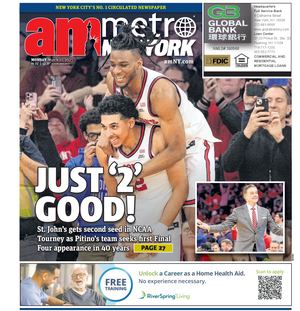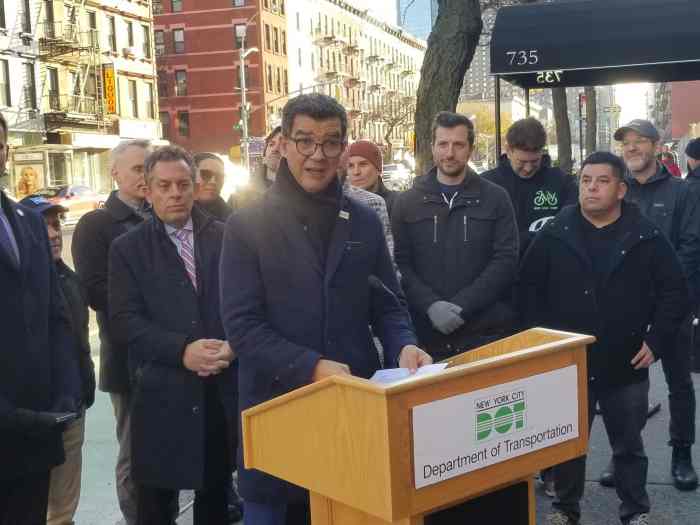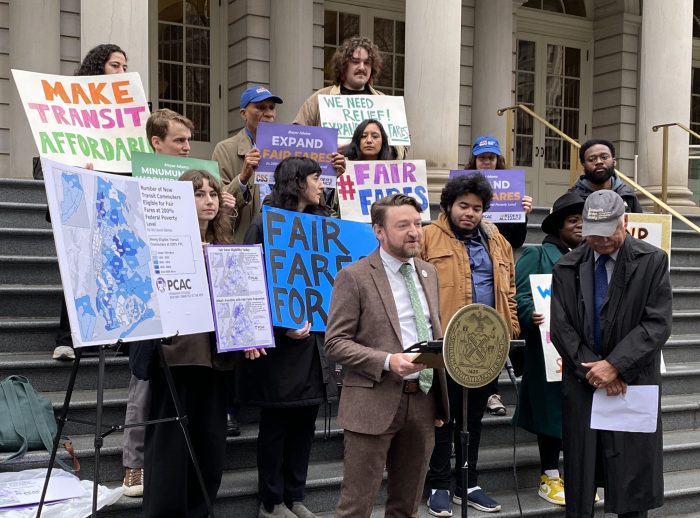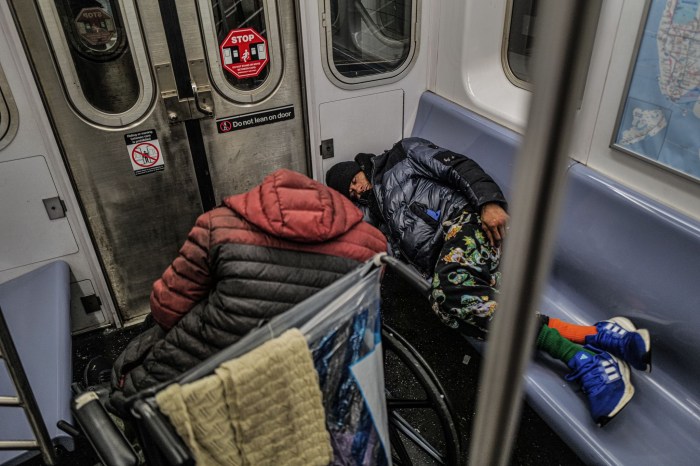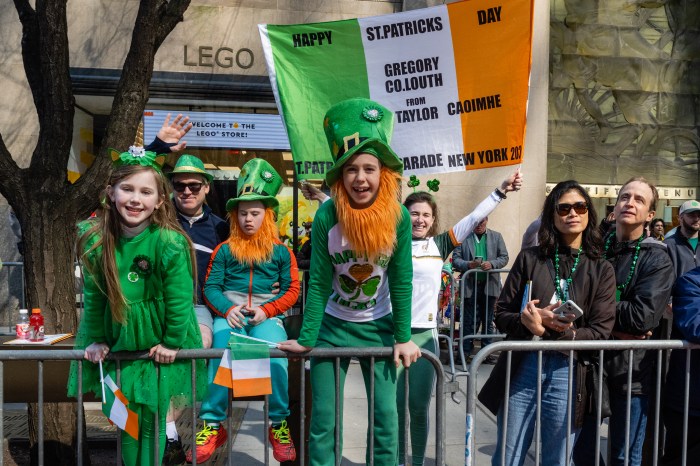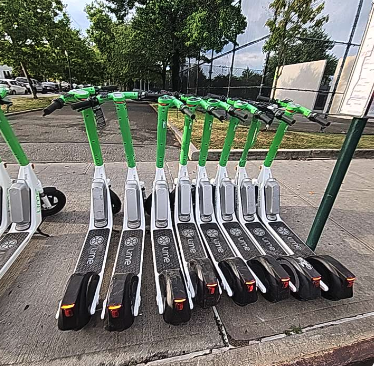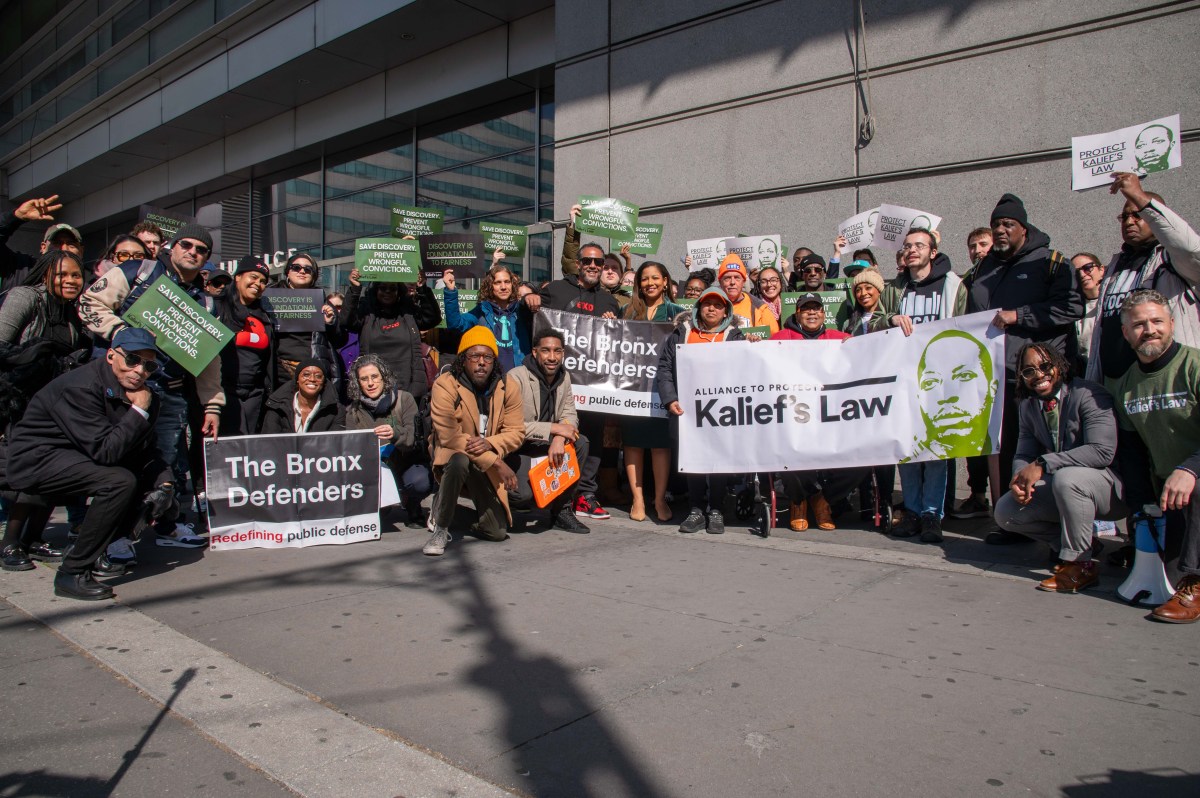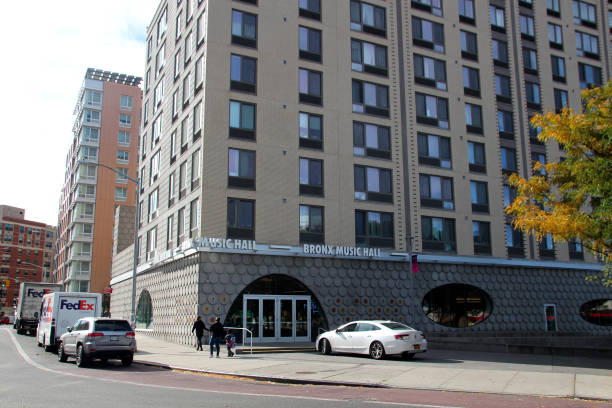The city’s permanent cap on for-hire vehicles, such as Uber and Lyft, is official.
After Mayor Bill de Blasio proposed extending the yearlong cap on the vehicles back in June, the Taxi & Limousine Commission officially approved the measure at an agency hearing Wednesday, as well as a new “cruising" penalty.
“For-hire transportation is a good, a necessary service in every city … but transporting passengers in New York City is a privilege,” said acting TLC chairman Bill Heinzen. “The app companies do not have an inalienable right to operate without intelligent regulation.”
The cap bars new for-hire vehicle registrations, which include cars for Uber, Lyft and other ride-hailing companies as well as traditional black car and neighborhood livery services. It was first instituted as a one-year pilot last summer to address worsening traffic congestion due to a rapidly growing industry and what officials have described as a toxic “race-to-the-bottom” work environment where driver supply outpaced demand.
The "cruising" penalty allows the city to heap fines on for-hire companies that don’t meet certain utilization rates — that is, the amount of time drivers spend with a passenger on board — while working in Manhattan below 96th Street. Under the new regulation, which takes effect in February, for-hire companies must ensure drivers are passenger-less no more than 36% of the time while in that Manhattan zone. That rate will tighten to 31% by August of 2020.
Ride-hail vehicles currently travel around the city without passengers 41% of the time, according to city data. More than 10,000 e-hail vehicles have rolled out onto city streets each year since 2014, according to city data. There are roughly 100,000 for-hire vehicles on city streets, which accounts for 29% of the traffic in Manhattan below 60th Street.
“Without cap, nobody make money. There’s already too many [vehicles]. The cap should be permanent — that’s the basic thing,” said Bigu Hider, an app-based driver from Flushing. “These app-based companies want 1,000 cars for every [potential] passenger. What does that mean? Every driver starves.”
The regulations, as well as a recently passed minimum base pay standard for app drivers, have been welcomed by most workers. But drivers say the rules have come with unintended consequences and have not nearly alleviated all of their financial pressures. Advocates had attributed a tragic string of suicides among professional drivers last year to the industry’s financial challenges, which eventually forced city officials to act.
Many drivers leasing their for-hire cars have said that the cap has inspired predatory leasing rates among companies looking to cash in on a limited supply of vehicle licenses. Some drivers have said they spend $2,000 a month on their leases, devastating them financially. Renting drivers account for 20% of the industry and leasing companies own hundreds of vehicle licenses, according to the Taxi & Limousine Commission.
Lyft, meanwhile, has resorted to temporarily booting drivers off their app to keep their utilization rates at a certain threshold. Some elected officials, included Council Speaker Corey Johnson, had urged the city to postpone its vote on the “cruising” penalty until the city found a permanent chair for the Taxi & Limousine Commission.
Uber and Lyft fought the new policies, arguing that they would hurt both drivers and passengers.
Heinzen and the TLC’s board of commissioners vowed to study leasing rates in the for-hire sector as well as the impact the cap has had on local liveries.
“I’ve seen small mom-and-pop livery companies just dry up in my neighborhood … and close their doors,” said Commissioner Nora Marino. “I don’t want to see a city overrun only by Uber and Lyft.”
For liveries, Heinzen said the key would be finding some sort of cap exemption while not allowing app companies to use it as a backdoor to increase fleets.
After the de Blasio administration had initially denied that a cap could create the equivalent of a secondary medallion system, Heinzen said the TLC has heard anecdotally that for-hire leasing prices have gone up with “very unfavorable terms for drivers.”
Advocacy groups have proposed their own solutions. The New York Taxi Workers Alliance has pitched a cap on lease rates, while the Independent Drivers Guild has pushed for a vehicle cap to be replaced by a driver licensing cap.
“We’re going to be asking the larger leasing companies to provide us with information, copies of their form leases; information on how much they’re charging and how much they have charged historically …,” Heinzen said.
“We do have some authority here to look into this and possibly to regulate,” he added, “and make sure that the drivers are not being taken advantage of.”
